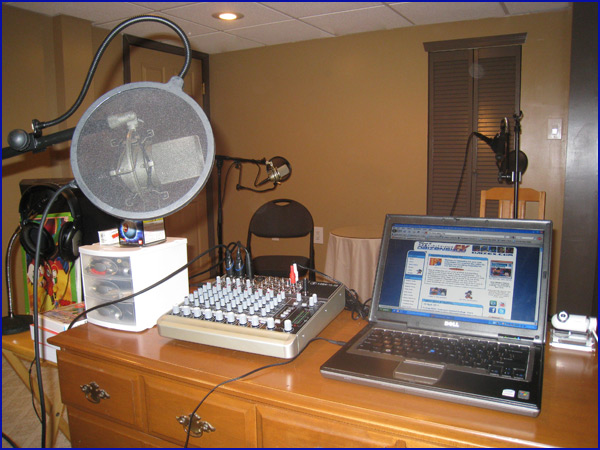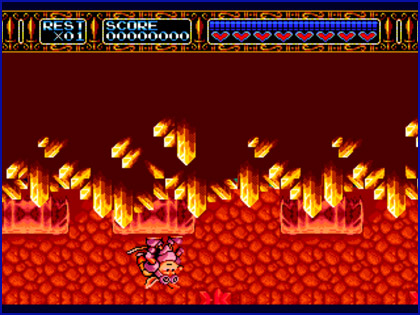
My Podcasting Setup ~2011ver.~
Having done a first version and then a ~2010ver.~ a year later, after upgrading a few things, it made sense to follow-up with a… (wait for it)… ~2011ver.~ post. So how ’bout them podcasts, huh? […]

Having done a first version and then a ~2010ver.~ a year later, after upgrading a few things, it made sense to follow-up with a… (wait for it)… ~2011ver.~ post. So how ’bout them podcasts, huh? […]

It has been over a year since I last wrote about and shared how the magic of podcasting goes down at Casa de EX. A lot has changed since then, but I just have not […]

You are going to get a little bit of meta-material and genuine game analysis in a single post. That is awesome. A few years back when I first pitched the idea of “vgconvos” to Andrew […]

I certainly do not claim to be a podcasting expert by any stretch of the imagination. Even after doing this for a bit over four years now, I still run into random tech problems and […]

I just threw out a quick tweet about this, but I wanted to share a little more detail about the situation. Since about July 12th, we have known that the upcoming PS3/360 game DragonBall: Raging […]

I’m pretty sure that on episode seven of the podcast we mentioned playing You’re In The Movies on the Xbox 360. It took me forever to re-borrow the game (and then its camera, because you […]

This is a subject I am heavily conflicted on. Ever since the dawn of Daizenshuu EX (and VegettoEX’s Home Page and Ultimate DBZ Links Page before them), I have done anything and everything in my […]

I would feel guilty about writing a non-content post like this if I hadn’t just written a pretty decent one yesterday… ^_~. I definitely wanted to get some thoughts out there, because I believe it […]
Copyright © 2025 | MH Magazine WordPress Theme by MH Themes